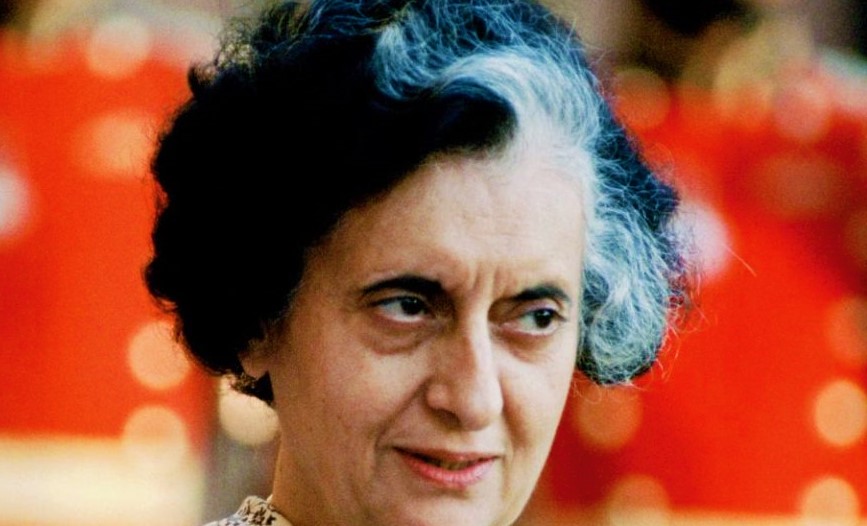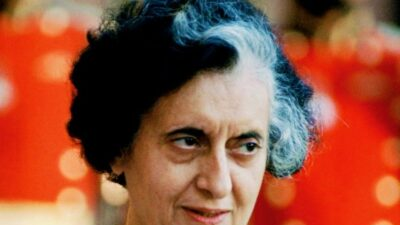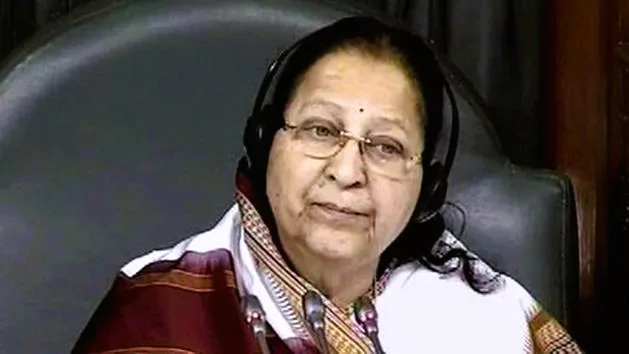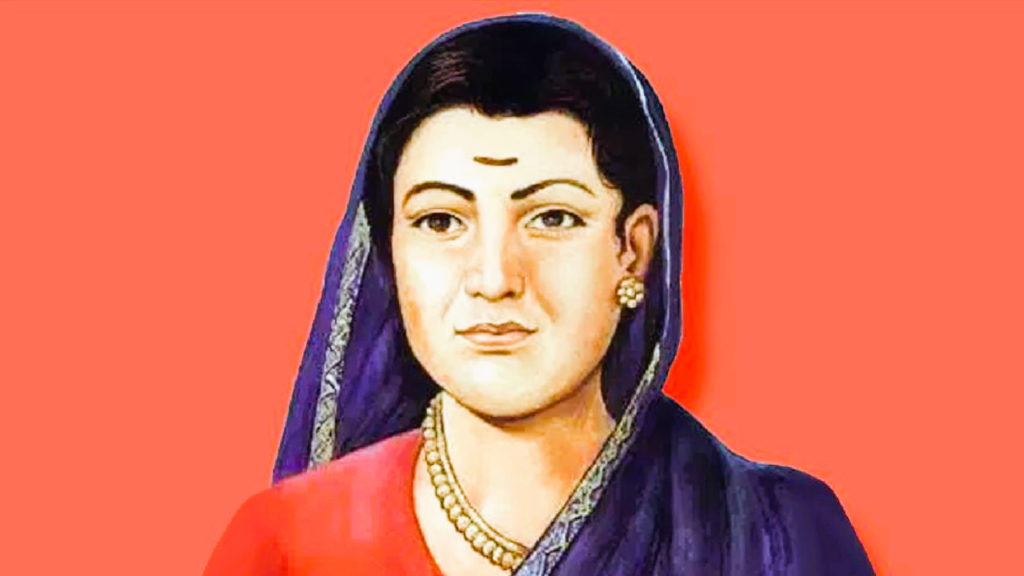Indira Gandhi
Indira Gandhi , in full Indira Priyadarshini Gandhi, née Nehru, (conceived November 19, 1917, Allahabad, India — passed on October 31, 1984, New Delhi), Indian legislator who was the main female top state leader of India, serving for three back to back terms (1966-77) and a fourth term from 1980 until she was killed in 1984.
Indira Gandhi Birth and Education
Indira Gandhi was brought into the world on 19 November 1917, to Jawaharlal Nehru and Kamala Nehru in Allahabad, India. Her dad was the main political dissident and was the principal Top state leader of Autonomous India. After her more youthful sibling kicked the bucket at an early age, Indira was raised by her mom at Anand Bhawan. At the point when Indira was youthful, Kamala Nehru kicked the bucket an early demise in the wake of experiencing tuberculosis.
Indira was educated by mentors at home and she didn’t go to class consistently. She went to Current School in Delhi, St Cecilia’s and St Mary’s Christian religious community schools in Allahabad, the Global School of Geneva, the Ecole Nouvelle in Bex, the Understudies’ Own School in Poona and Bombay, Vishwa Bharati in Santiniketan. She passed on Vishwa Bharti to go to her debilitated mother in Europe and proceeded with her schooling at the College of Oxford. After the passing of her mom, she went to the Badminton School and afterward enlisted at Somerville School in 1937 to concentrate on History.
At the point when Germany quickly vanquished Europe, Indira attempted to get back to Britain by means of Portugal however was abandoned there for a long time. In mid 1941, she entered Britain and afterward got back to India without finishing her examinations at Oxford. Afterward, she was granted a privileged degree by the Oxford College.
Indira Gandhi: Individual Life
At the point when Indira was in Extraordinary England, she as often as possible visited her companion and future spouse, Feroze Gandhi. The two of them knew one another from Allahabad. Feroze Gandhi was learning at the London School of Financial matters. The couple wedded in 1942 in Allahabad according to Adi Dharm customs. On August 20, 1944, the couple brought forth their most memorable child Rajiv Gandhi who later turned into the most youthful Top state leader of India. On December 11, 1946, the couple brought forth their subsequent child, Sanjay Gandhi. In 1960, following 18 years of their marriage, Sanjay Gandhi passed on from a coronary episode.
Key Facts And Information
Indira Priyadarshini Gandhi was a focal figure in the Indian government. She was the third head of the state of India and furthermore the sole (until this point) female head of the state of the country.
She was the little girl of the primary state leader, Jawaharlal Nehru. She served from January 1966 to Walk 1977 and again from January 1980 until her death in October 1984. This time in help made her the second longest-serving Indian top state leader after her dad.

Emergency(1975-77)
- It has become practically ongoing to see the historical backdrop of the Crisis (1975-77) clearly, where Indira Gandhi is depicted as a tyrant with an unquenchable hunger for power while the heroes of the JP development are introduced as a valorous alliance engaging for the privileges of the overwhelmed masses. Yet, the truth is that set of experiences dwells not operating at a profit and white of one-sided stories yet in the ill defined situation of subtlety and setting.
- There will constantly be a discussion concerning whether Mrs. Gandhi had more than one decision in 1975. To fathom the decision she made, be that as it may, one must fundamentally likewise comprehend the powers released around her and the setting in which she was called upon to reestablish steadiness to the country through impermanent proportions of an extreme and troublesome nature. Mrs. Gandhi was a resilient lady, yet she was not one to desire after power for the wellbeing of force. In 1975, conditions were to such an extent that the Crisis became, in her view, the main practical choice for her, both as the political head of a public party as well as the state leader of an immense country that faced issues of extraordinary seriousness.
- The narrative of the Crisis starts with the 1971 Conflict of Freedom in Bangladesh, which India won under Mrs Gandhi’s administration. She ventured to the far corners of the planet and crusaded determinedly to stop the annihilation Pakistan had released in East Bengal, and gave asylum to 10 million casualties streaming in from across the line, the best evacuee flood throughout the entire existence of humankind. All in all, the state leader battled a conflict that was forced upon her, in unfriendly international conditions, and won. She was a pioneer who stood her ground and would not be harassed while working for India’s public advantages and to safeguard blameless East Bengalis who were being butchered by the Pakistani military.
- The US, as Pakistan’s partner, ended financial guide to India, even as the expenses of supporting a monstrous displaced person populace negatively affected our economy. This was continued in 1972-73 by the disappointment of the storms, because of which food grain yield dropped by 8%. In 1973, moreover, the Association of Bedouin Oil Sending out Nations (OAPEC) raised oil costs fourfold, leaving India with an extra $1 billion oil import bill and a 30% expansion emergency quite soon. Financial help from the IMF and the World Bank laid on releasing state control of the economy an interaction that was carefully started however which quickly incited obstruction from politically strong worker’s organization chiefs and was generally depicted as hostile to working people. The public authority had next to no space for move, however rather than aiding clear a way out of public emergency, the resistance saw political open door and took advantage of the country’s setbacks, diving India into strikes, shows and emergency.
- One of the many strikes the nation looked because of the financial emergency of 1974 was a railwaymen’s strike that took steps to break the economy, making enduring harm a generally tricky framework. Legislative issues ruled laborers’ freedoms and the public interest, as George Fernandes-the legend of the associations transparently proclaimed his expectation to ‘cut down Indira Gandhi’s administration.… by incapacitating rail line transport to a dead stop’. At the point when the country was battling to respect its global commitments, Fernandes set expectations that would have cost the exchequer almost Rs. 1000 crores. Normally, the public authority couldn’t surrender such requests.




